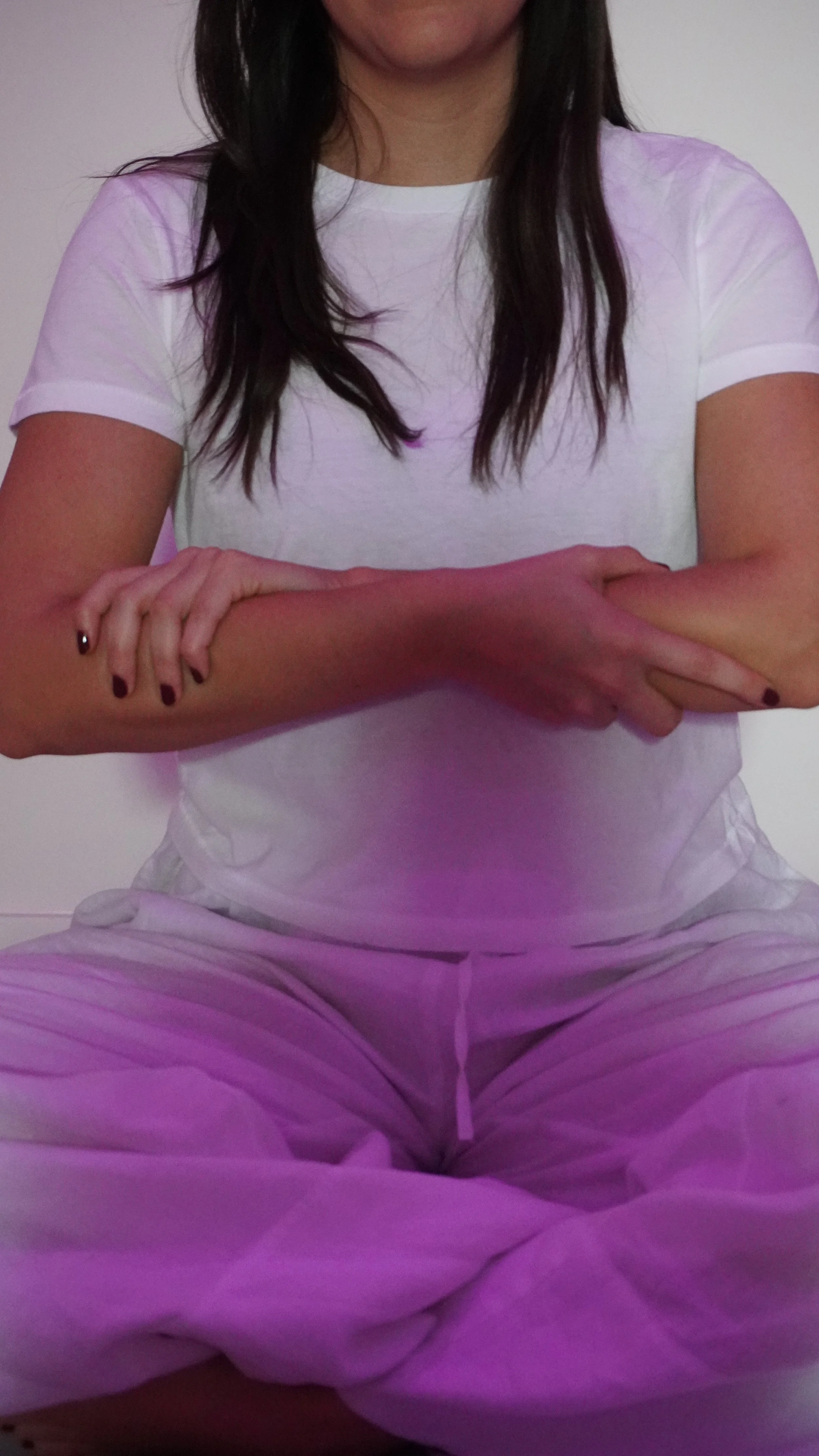When Art Moves the Body: Tools for Emotional Release
When I first started to work as an Art Therapist at an outpatient mental health clinic, I worked with clients of all ages and diagnoses individually to support them on their healing journey. As I continued to see clients who talked to me about their trauma, anxiety, depression and life stressors, it became more and more clear to me that so many of us hold on to our emotional experiences in our physical body - appearing as pain, tension, discomfort, etc. These early years of work are what inspired and lead me to blend Art Therapy with Somatic Healing to support the clients I now serve in both individual, group and workshop settings.
As humans we struggle to let go of and release due to the fact that we try to think or rationalize our way out of something that is felt and experienced. That is why I use (and believe) that Art Therapy and Somatic Healing serve as such an incredible combination to support the process of release.
I always recommend working with a professional for full emotional and physical safety, here are some tools you can begin to explore on your own which incorporate principles from both Somatic Healing and Art Therapy. Find any art materials you have on hand: colored pencils, pens, markers, crayons, etc and some paper or something to draw on. The only other thing you need is a safe and private space.
Shaking for pent up or anxious energy
When you notice your body jittery, thoughts are racing or you just want to let go of excess energy that is existing in your physical body. Start by grabbing your art materials. Using your non dominant hand, start to create lines all throughout your paper. Let the movement of the lines reflect your inner experience - they may be jagged, swirled all over the page, etc. Then, once you have finished, stand up as you start to slowly shake out your hands. Allow for the movement to grow as you shake out the arms, shoulders, head, all the way down your torso and legs until you finish with your feet. Once you get more comfortable with each of these experiences, you can do them both at the same time - as you are shaking, you can also be moving your marker along the page.
Tearing and breathing for anger and stress
If you find yourself feeling a lot of heat in your body, tension or holding your breath, try this practice. Similar to the art-making process above, give yourself permission to draw lines that reflect your inner experience - if you notice a lot of anger and heat the lines may be more harsh and jagged. Try to notice your breath as you are working through this practice. You can play some music that reflects your anger as well. Then, start to tear your paper - one piece at a time as your forcefully exhale out of your mouth with each tear. Allow your whole body to get involved in the process, exaggerate the tears and exhales to help you connect further with the experience of release.
Shapes and softening for sadness
Maybe your mood has been feeling more low lately, there is a heaviness in your body and you notice yourself moving slowly this practice is for you. Starting in the center of your page and without lifting your drawing material, start to draw a circle. Allow the circle to get bigger and then smaller with each line. With each gesture on the page and the support of your breath, invite your body to slowly soften. Maybe it is an intentional process when you release some of the gripping in your body or maybe you notice it happens more naturally with each stroke you make on the page. This experience may feel more subtle than the other two as the goal is to invite a slow and gentle softening to bring some energy back into the body.
Using both art-making and somatic healing invites you to connect with your body and your emotions - without you even realizing it sometimes! If you tried any of these and want to continue to support your body and emotions in this way, you can click here to schedule a free consultation call to explore us working together. If you are not in FL or NY and still want access to my work, I created some resources that you can access here which you can do at home on your own.



